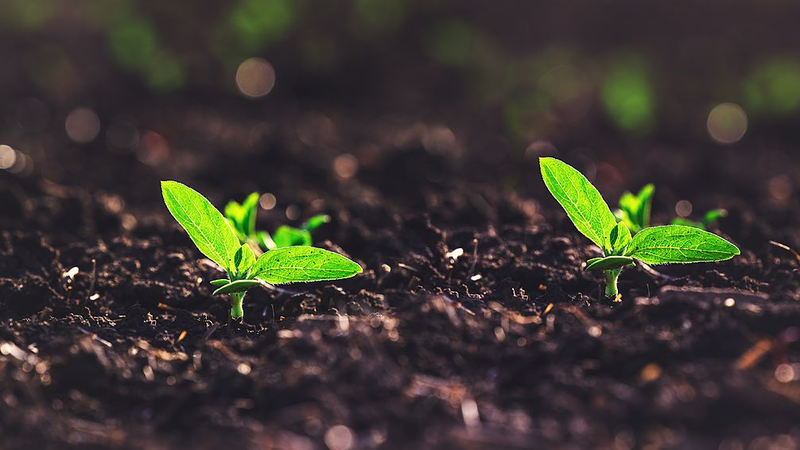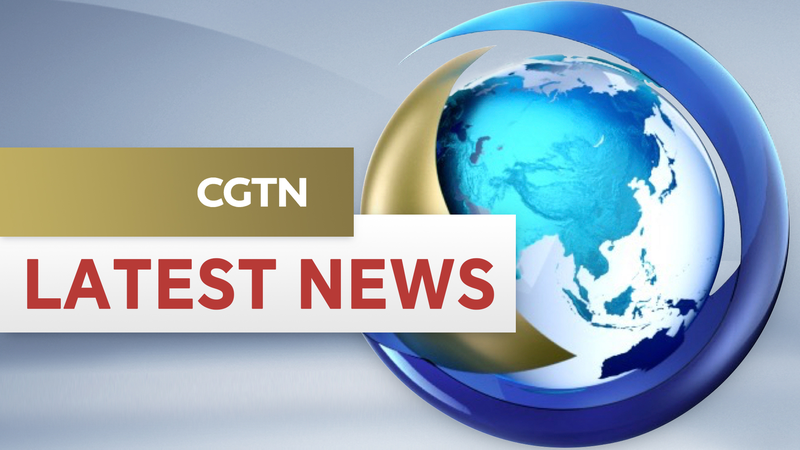In a breakthrough for environmental monitoring, researchers on the Chinese mainland have unveiled a new method that uses blind source separation (BSS) to pull precise soil moisture readings from complex microwave data. This innovative approach promises to boost the accuracy of soil moisture maps—vital for agriculture, water management and climate modeling.
"Imagine you're at a crowded party, hearing music, clinking glasses and conversations all at once," says Jin Rui from the Northwest Institute of Eco-Environment and Resources of the Chinese Academy of Sciences on the Chinese mainland. "BSS works like an audio mixer in reverse, isolating each sound even when you don't know its origin."
Traditional microwave remote sensing struggles with noise from factors like soil temperature, surface roughness, vegetation cover and atmosphere. By treating mixed brightness temperature signals as a cocktail of hidden sources, the new BSS-based method teases apart each component—then links them directly to soil moisture levels.
The team, including experts from the Institute of Tibetan Plateau Research of the CAS, Shanxi Normal University and Beijing Normal University, mapped the unique patterns of microwave signals over time. Combining single- and multi-channel BSS techniques, they built a robust model that predicts moisture content with unprecedented precision.
Field trials on the Qinghai-Xizang Plateau—a region known for its extreme climate—showed stable performance across diverse conditions. This success suggests the method could be adapted to other geophysical variables, from soil salinity to snow cover.
For business and tech enthusiasts, this breakthrough illustrates the power of data-driven insights. Farmers and water managers could soon access more reliable soil moisture forecasts, optimizing irrigation and reducing waste. Climate modelers can refine predictions, while sustainability advocates gain a new tool to monitor ecosystem health.
By bridging advanced signal processing with Earth observation, this research marks a step forward in smart environmental sensing. As digital tools evolve, blind source separation might become a key player in the global push for data-fueled sustainability.
Reference(s):
cgtn.com




